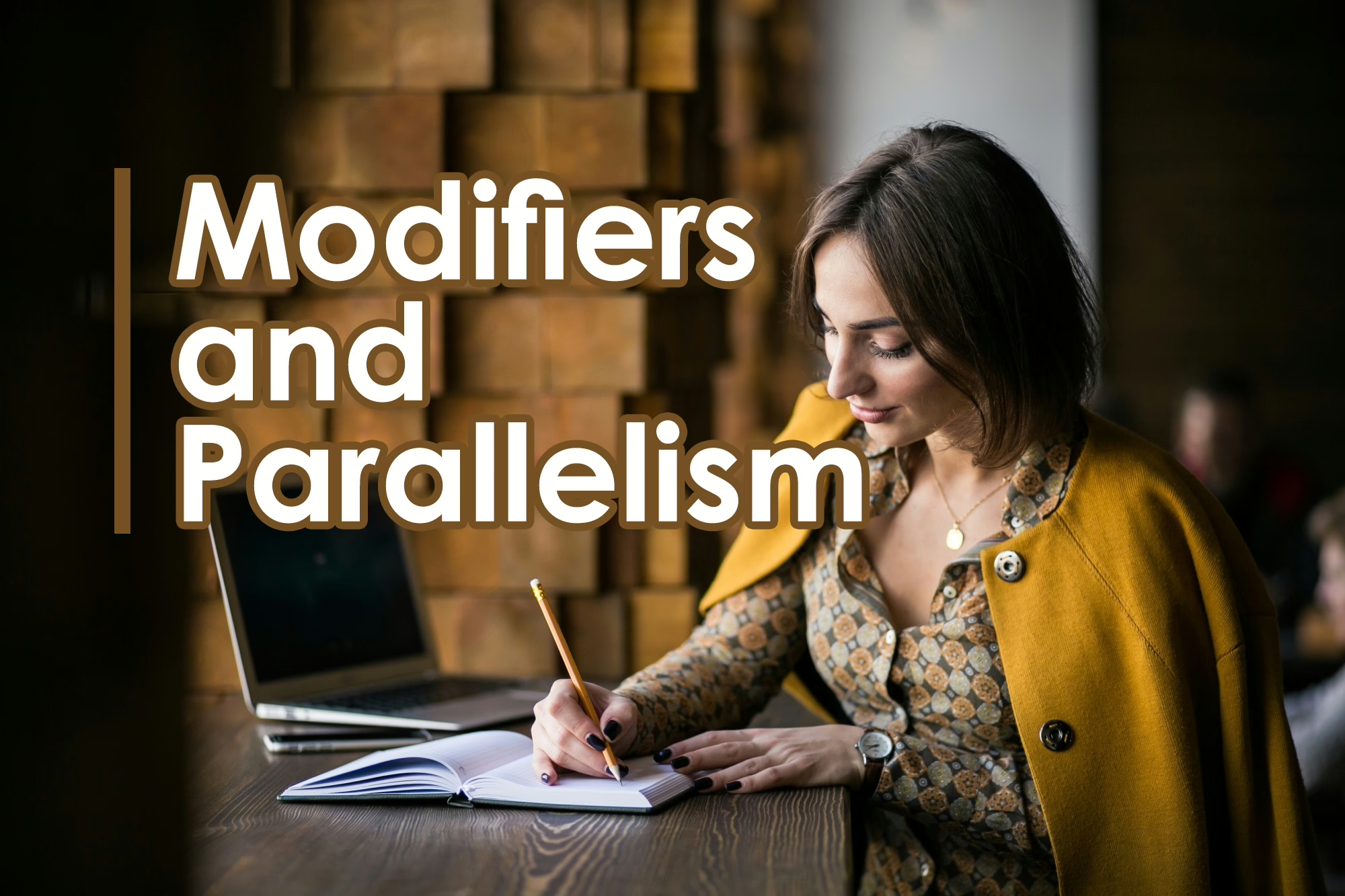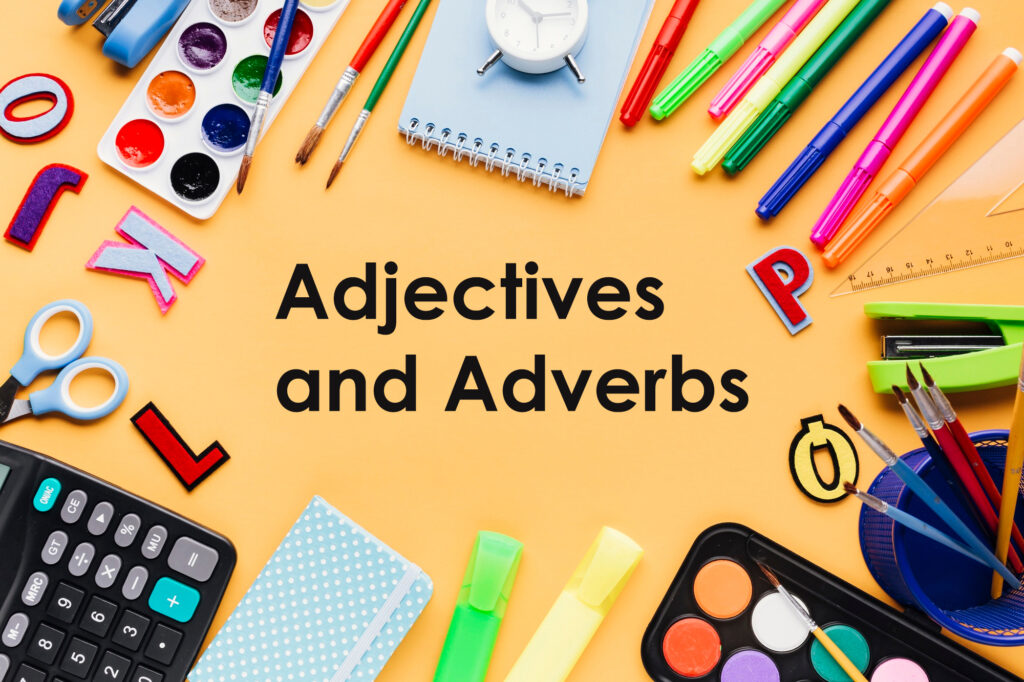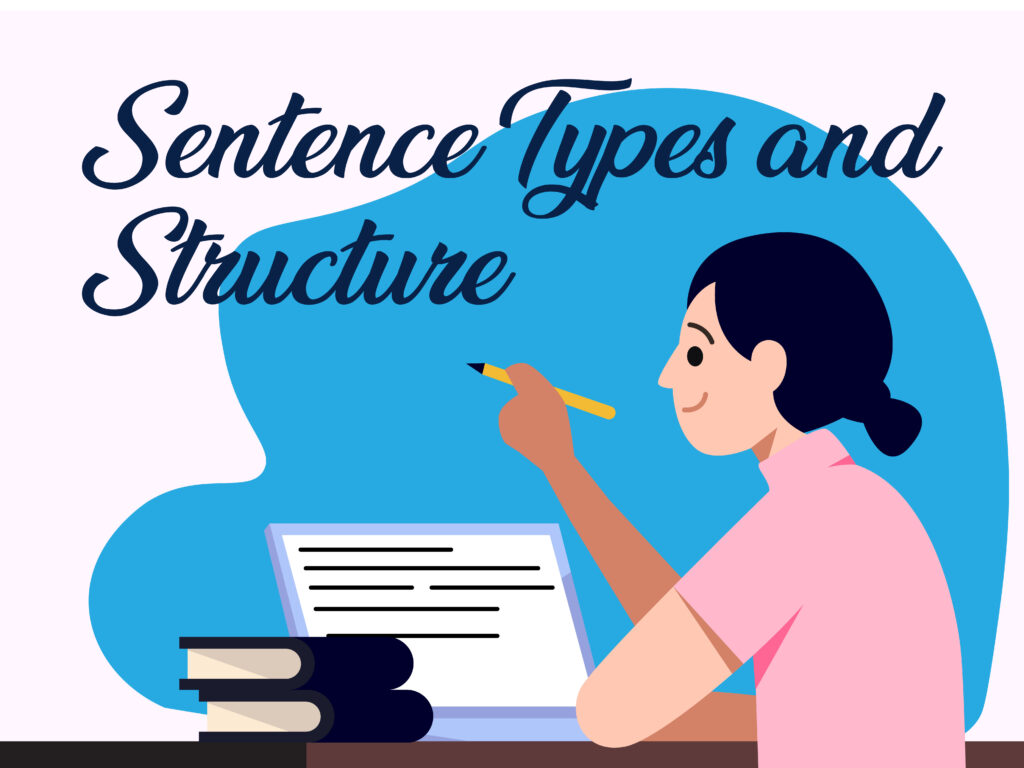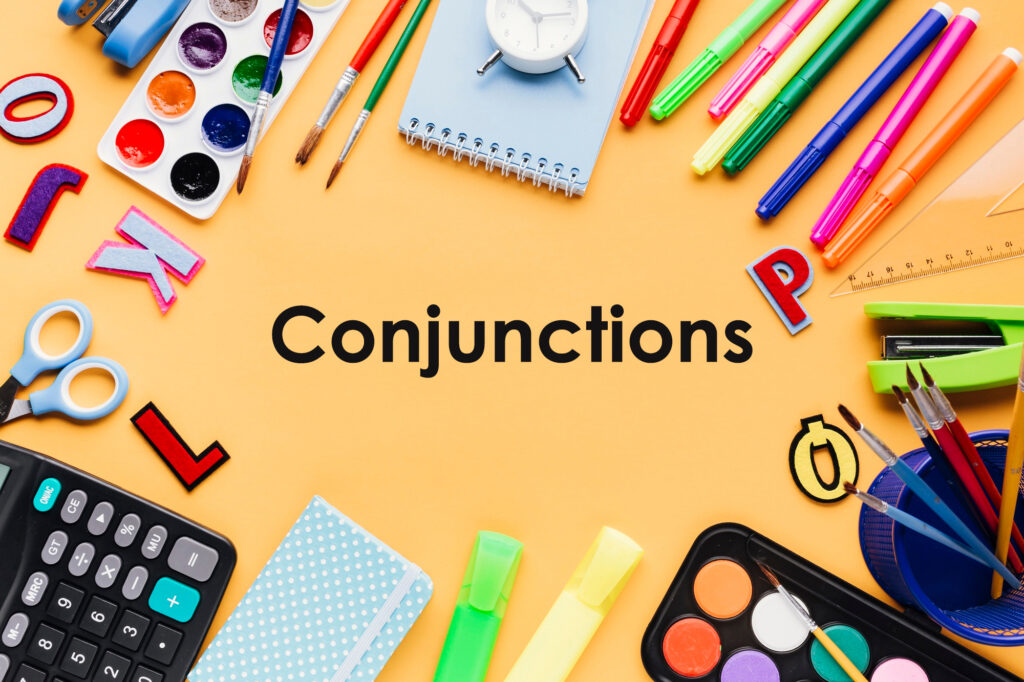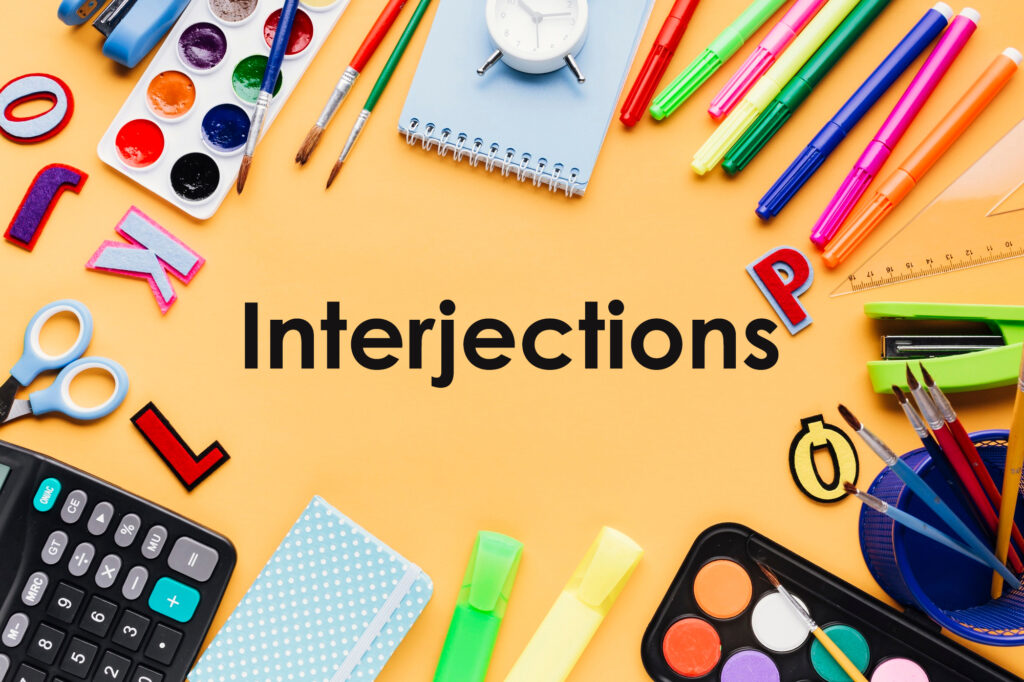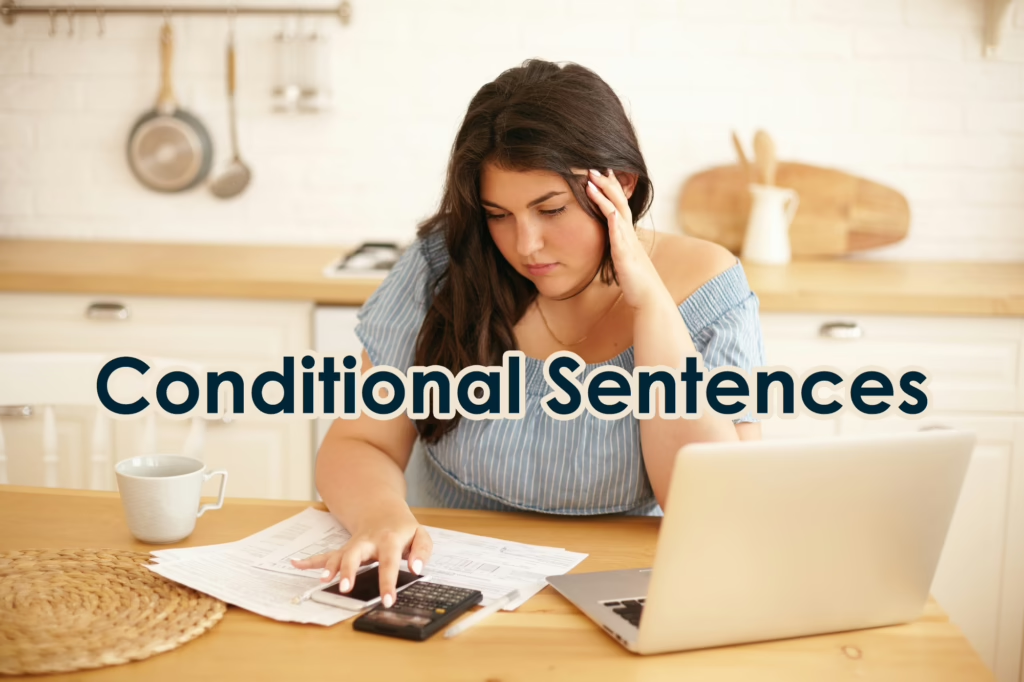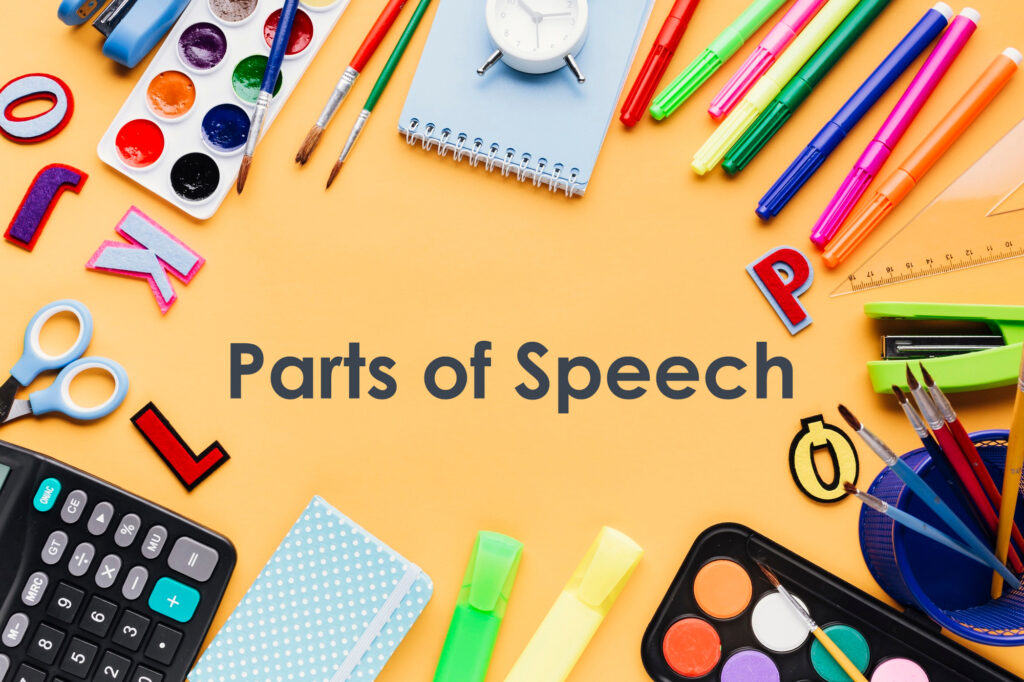16.1 Introduction
Modifiers and parallelism are key elements of clear and effective writing.
- Modifiers: Words, phrases, or clauses that provide additional information about another word in a sentence.
- Parallelism: The use of the same grammatical structure in related parts of a sentence.
Both are essential for writing well-structured sentences. Let’s explore them in detail!
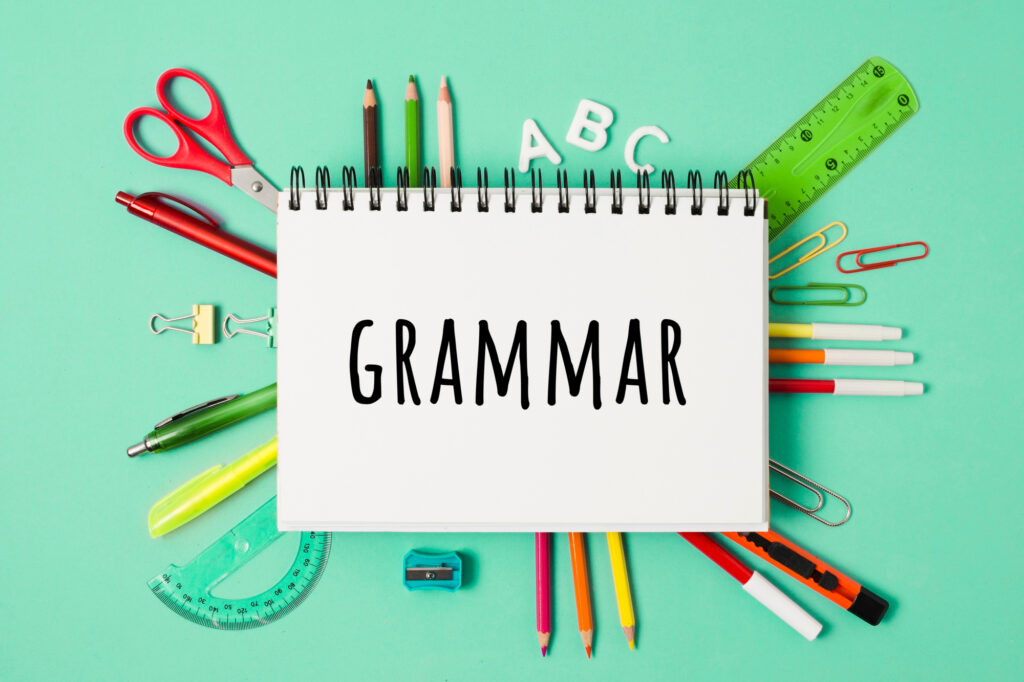
16.2 Modifiers
What is a Modifier?
A modifier is a word, phrase, or clause that adds details or descriptions to another part of the sentence.
✅ Example:
- The energetic puppy ran across the yard. (“Energetic” modifies “puppy”)
- She spoke softly. (“Softly” modifies “spoke”)
Types of Modifiers
1️⃣ Adjective Modifiers (Modify nouns or pronouns)
✅ Example:
- The blue sky looks beautiful. (“Blue” modifies “sky”)
- She is a talented singer.
2️⃣ Adverb Modifiers (Modify verbs, adjectives, or other adverbs)
✅ Example:
- He ran quickly. (“Quickly” modifies “ran”)
- She is very intelligent. (“Very” modifies “intelligent”)
3️⃣ Phrase Modifiers (Groups of words acting as adjectives or adverbs)
✅ Example:
- The dog with brown spots is friendly. (Prepositional phrase modifying “dog”)
- Walking through the park, she enjoyed the fresh air. (Participle phrase modifying “she”)
4️⃣ Clause Modifiers (Dependent clauses acting as adjectives or adverbs)
✅ Example:
- The book that I borrowed was interesting. (Adjective clause modifying “book”)
- She cried because she was sad. (Adverb clause modifying “cried”)
16.3 Misplaced and Dangling Modifiers
1️⃣ Misplaced Modifiers
A misplaced modifier is placed too far from the word it is supposed to modify, leading to confusion.
❌ Incorrect: She almost drove her kids to school every day. (Did she “almost drive,” or did she drive “almost every day”?)
✅ Correct: She drove her kids to school almost every day.
2️⃣ Dangling Modifiers
A dangling modifier lacks a clear subject to modify.
❌ Incorrect: Walking down the street, the trees looked beautiful. (Who is walking?)
✅ Correct: Walking down the street, I saw the beautiful trees.
16.4 Parallelism
What is Parallelism?
Parallelism means using the same grammatical structure for items in a list or comparison.
✅ Example:
- I like running, swimming, and cycling. (All are gerunds: -ing verbs)
Why Use Parallelism?
- Makes sentences smoother and easier to read.
- Avoids confusion and awkward phrasing.
16.5 Common Errors in Parallelism
1️⃣ Lists and Series
❌ Incorrect: She enjoys reading, to swim, and biking.
✅ Correct: She enjoys reading, swimming, and biking.
2️⃣ Comparisons
❌ Incorrect: He is better at writing than to speak.
✅ Correct: He is better at writing than speaking.
3️⃣ Correlative Conjunctions (either…or, neither…nor, both…and, not only…but also)
❌ Incorrect: She is not only talented but also works hard.
✅ Correct: She is not only talented but also hardworking.
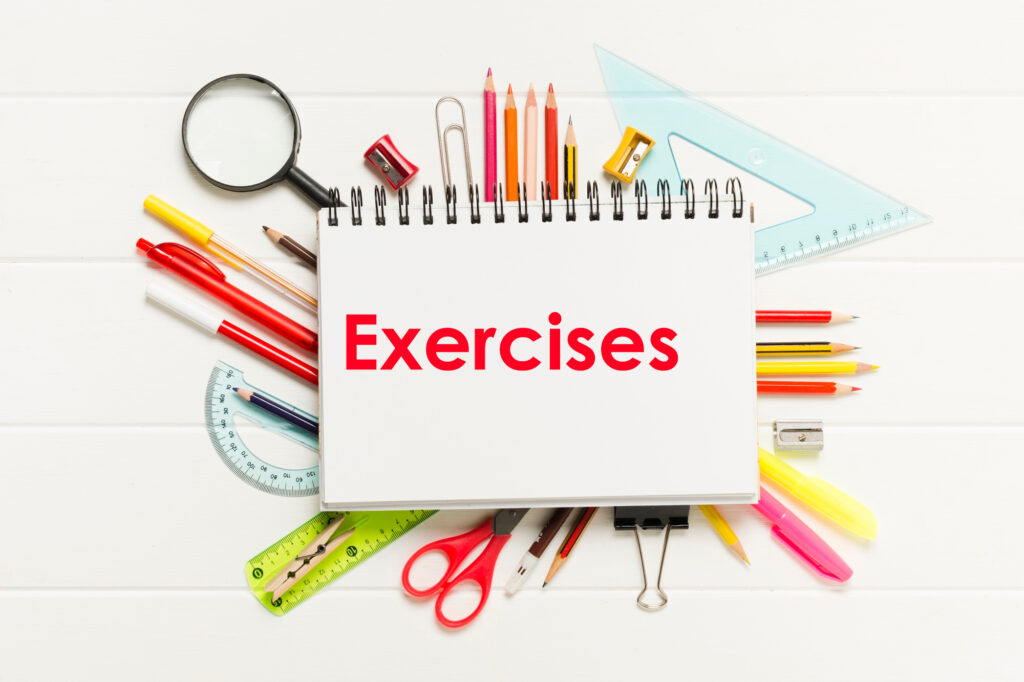
Exercises
A. Identify the misplaced or dangling modifier in each sentence and rewrite the sentence correctly.
- Running across the field, the goalpost was right in front of him.
- I found a wallet walking down the street.
- She served sandwiches to the children on paper plates.
B. Correct the parallelism in the following sentences.
- He likes to dance, singing, and to act.
- The teacher said we should write clearly, speak properly, and that we should listen carefully.
- She is both smart and has kindness.
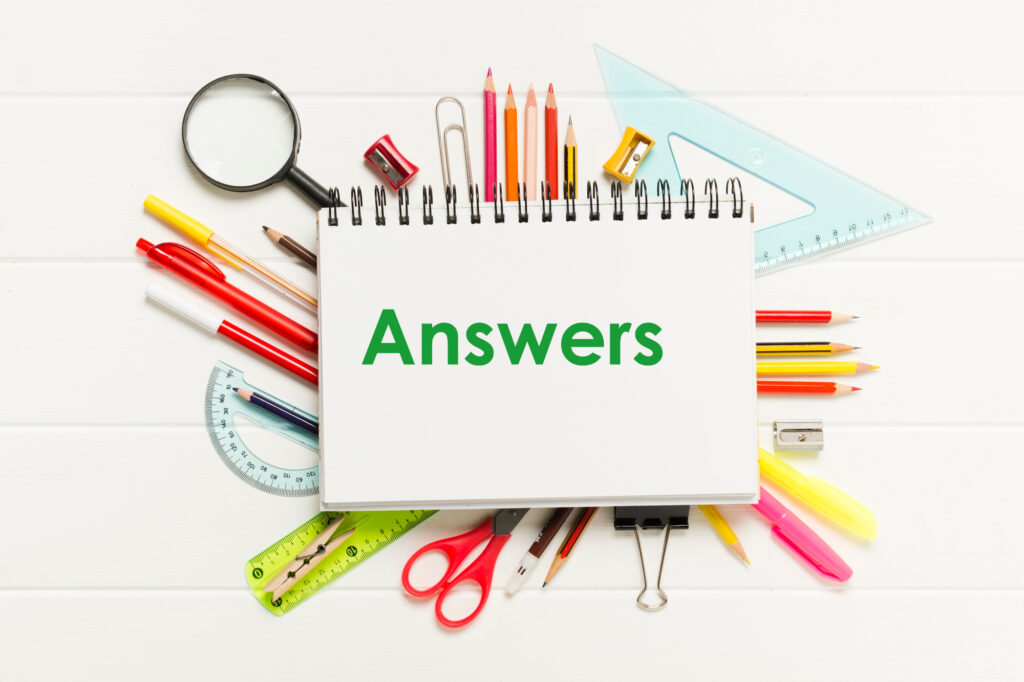
Answers
A. Corrected Sentences
- Running across the field, he saw the goalpost right in front of him.
- Walking down the street, I found a wallet.
- She served sandwiches on paper plates to the children.
B. Corrected Sentences
- He likes to dance, sing, and act.
- The teacher said we should write clearly, speak properly, and listen carefully.
- She is both smart and kind.

